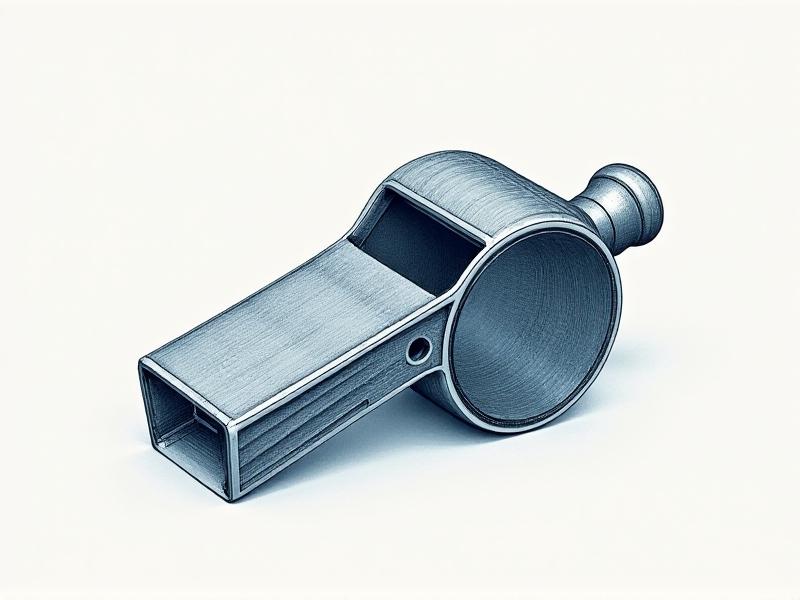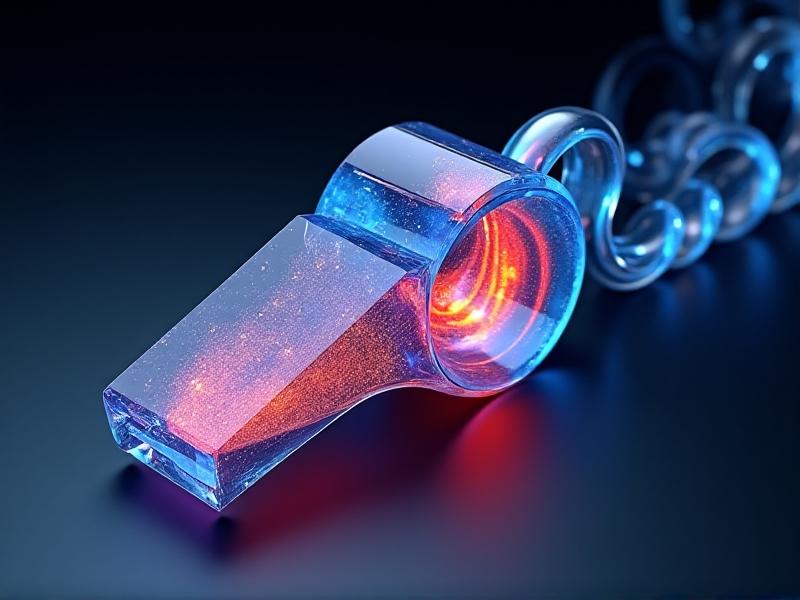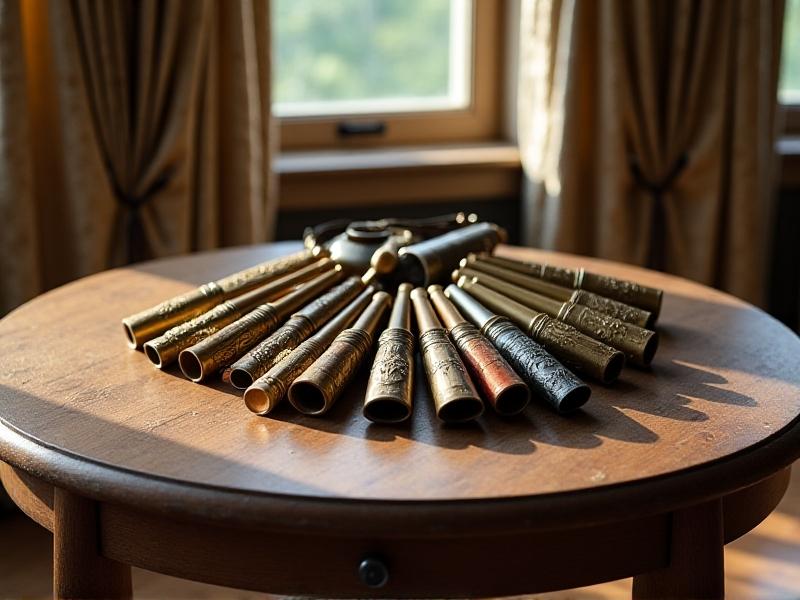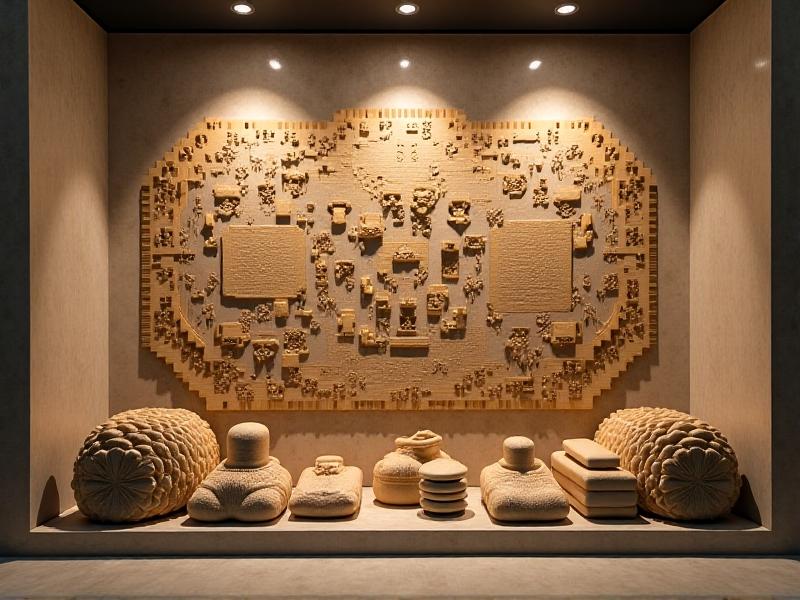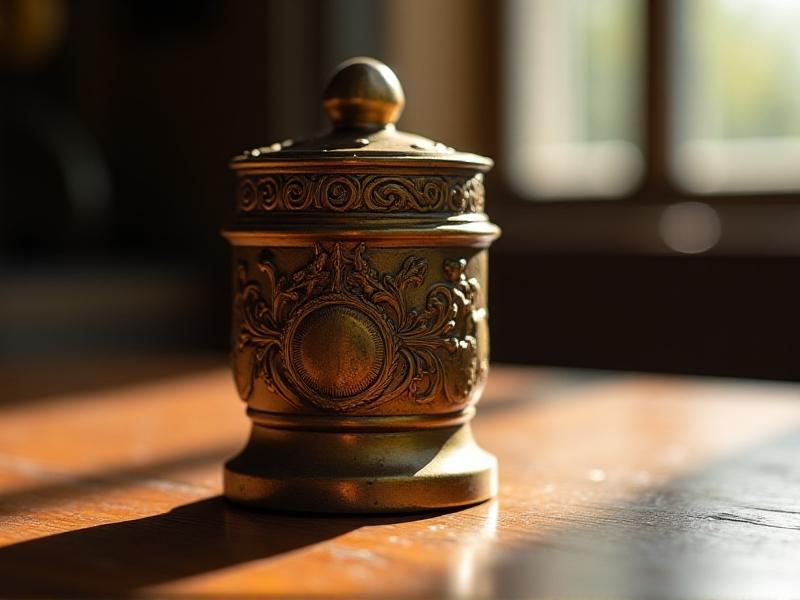3D-Scanned Replicas: Merging Tradition with Technology
The Evolution of 3D Scanning: From Science Fiction to Reality
Since its beginning, 3D scanning technology has advanced significantly. Once thought to be a futuristic idea right out of science fiction, now it is actual fact. The ability to capture the physical world in digital form has revolutionized industries ranging from healthcare to entertainment. The roots of 3D scanning can be traced back to the 1960s, when early experiments with laser technology laid the groundwork for modern advancements. Today, 3D scanners are more accessible than ever, with devices ranging from high-end industrial models to smartphone apps that can create detailed scans in minutes.
One of the most significant breakthroughs in 3D scanning has been the development of photogrammetry, a technique that uses photographs to create 3D models. This method has made it possible to scan objects of any size, from tiny artifacts to entire landscapes. Another key innovation is structured light scanning, which projects a pattern of light onto an object and uses cameras to capture the distortions, creating a precise 3D model. These technologies have opened up new possibilities for preserving and replicating cultural heritage, allowing us to merge tradition with cutting-edge innovation.
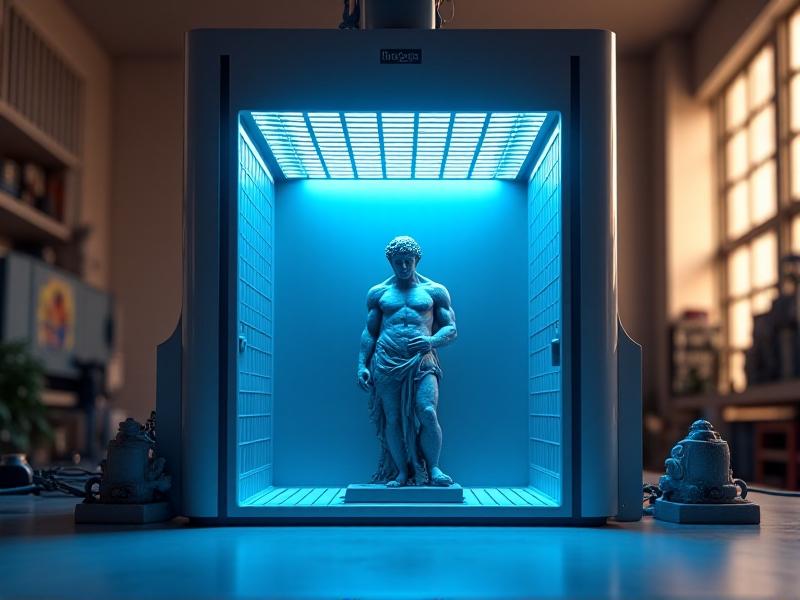
Preserving Cultural Heritage: The Role of 3D Scanning
A delicate and unique component of our shared past, cultural legacy is. From ancient artifacts to historic buildings, these treasures are often at risk from natural disasters, war, and the passage of time. 3D scanning offers a powerful tool for preserving these objects in digital form, ensuring that they can be studied and appreciated by future generations. Museums and cultural institutions around the world are increasingly turning to 3D scanning to document their collections. By creating digital replicas, they can share these treasures with a global audience, even if the originals are too delicate to be displayed.
One notable example is the work being done to preserve the ancient city of Palmyra in Syria. After parts of the city were destroyed by ISIS, a team of archaeologists used 3D scanning to create detailed models of the remaining structures. These digital replicas not only serve as a record of what was lost but also provide a foundation for potential restoration efforts. Similarly, the Smithsonian Institution has embarked on a massive project to scan millions of objects in its collection, making them accessible to researchers and the public online. This combination of technology and tradition is enabling us to protect our cultural legacy in ways once unthinkable.
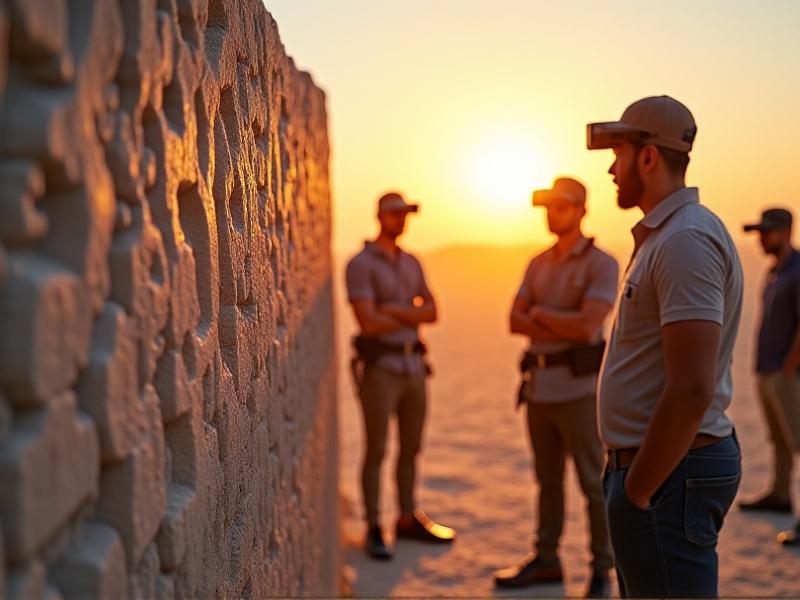
From Digital to Physical: The Art of 3D Printing Replicas
Once an object has been scanned and turned into a digital model, the next step is often to bring it back into the physical world through 3D printing. This process, known as additive manufacturing, involves building an object layer by layer using materials such as plastic, metal, or resin. 3D printing has become an essential tool for creating replicas of historical artifacts, allowing us to hold pieces of history in our hands. These replicas can be used for educational purposes, museum displays, or even as souvenirs, making cultural heritage more accessible to the public.
The precision of 3D printing means that even the smallest details of an object can be faithfully reproduced. For example, the British Museum has used 3D printing to create replicas of the Rosetta Stone, allowing visitors to touch and examine the famous artifact without risking damage to the original. Similarly, artists and designers are using 3D printing to create modern interpretations of traditional objects, blending old and new in innovative ways. This process not only preserves the past but also inspires new forms of creativity, demonstrating the limitless potential of merging tradition with technology.
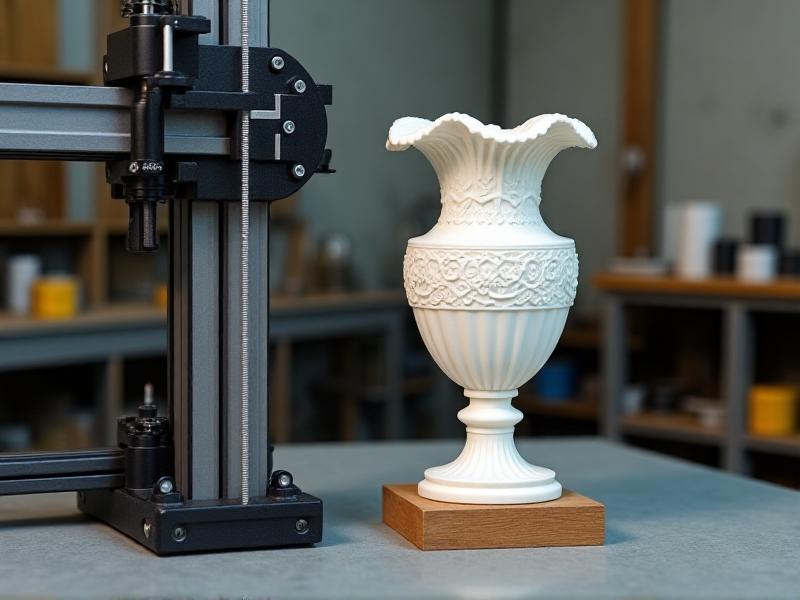
Bridging the Gap: 3D Scanning in Education and Research
3D scanning is not just a tool for preservation; it is also transforming the way we learn and conduct research. In educational settings, 3D models can provide students with a hands-on experience that textbooks alone cannot offer. For example, medical students can use 3D scans of the human body to study anatomy in greater detail, while archaeology students can examine digital replicas of artifacts from around the world. This immersive approach to learning helps to bridge the gap between theory and practice, making complex subjects more accessible and engaging.
In the field of research, 3D scanning is enabling new discoveries and insights. Scientists can use 3D models to analyze the structure of objects at a microscopic level, uncovering details that would be impossible to see with the naked eye. For example, paleontologists have used 3D scanning to study the bones of dinosaurs, revealing new information about their anatomy and behavior. Similarly, engineers can use 3D scans to test the durability of materials or to design more efficient structures. By merging tradition with technology, 3D scanning is opening up new frontiers in education and research, empowering us to explore the world in ways that were once unimaginable.
The Future of 3D Scanning: Innovations and Possibilities
As 3D scanning technology continues to evolve, its potential applications are expanding at an exponential rate. One of the most exciting developments is the integration of artificial intelligence (AI) into 3D scanning systems. AI can enhance the accuracy and speed of scans, making it possible to process large amounts of data in real time. This is particularly useful in fields such as autonomous vehicles, where 3D scanning is used to create detailed maps of the environment. Another promising area is the use of 3D scanning in virtual reality (VR) and augmented reality (AR), allowing users to interact with digital models in immersive ways.
In the realm of cultural heritage, 3D scanning is being used to create virtual museums, where visitors can explore collections from the comfort of their own homes. These digital spaces can be enriched with interactive features, such as clickable annotations or virtual tours led by experts. Additionally, 3D scanning is playing a key role in the restoration of damaged artifacts, providing conservators with precise data to guide their work. As we look to the future, it is clear that 3D scanning will continue to merge tradition with technology, creating new opportunities for preservation, education, and innovation.
Ethical Considerations: Balancing Access and Preservation
While 3D scanning offers incredible opportunities for preserving and sharing cultural heritage, it also raises important ethical questions. One of the key challenges is balancing access with preservation. On one hand, digital replicas can make cultural treasures accessible to a wider audience, democratizing knowledge and fostering appreciation for diverse traditions. On the other hand, there is a risk that widespread access could lead to the commodification or misuse of sacred or culturally significant objects. For example, 3D-printed replicas of indigenous artifacts could be sold as souvenirs, potentially disrespecting the cultural heritage they represent.
Another ethical concern is the ownership and control of digital scans. Who has the right to create and distribute 3D models of cultural artifacts? Should museums and institutions have exclusive rights, or should these digital assets be made freely available to the public? These questions are particularly relevant in the context of indigenous communities, whose cultural heritage has often been exploited by outsiders. As we continue to merge tradition with technology, it is essential to approach 3D scanning with sensitivity and respect, ensuring that it serves as a tool for empowerment rather than exploitation.
